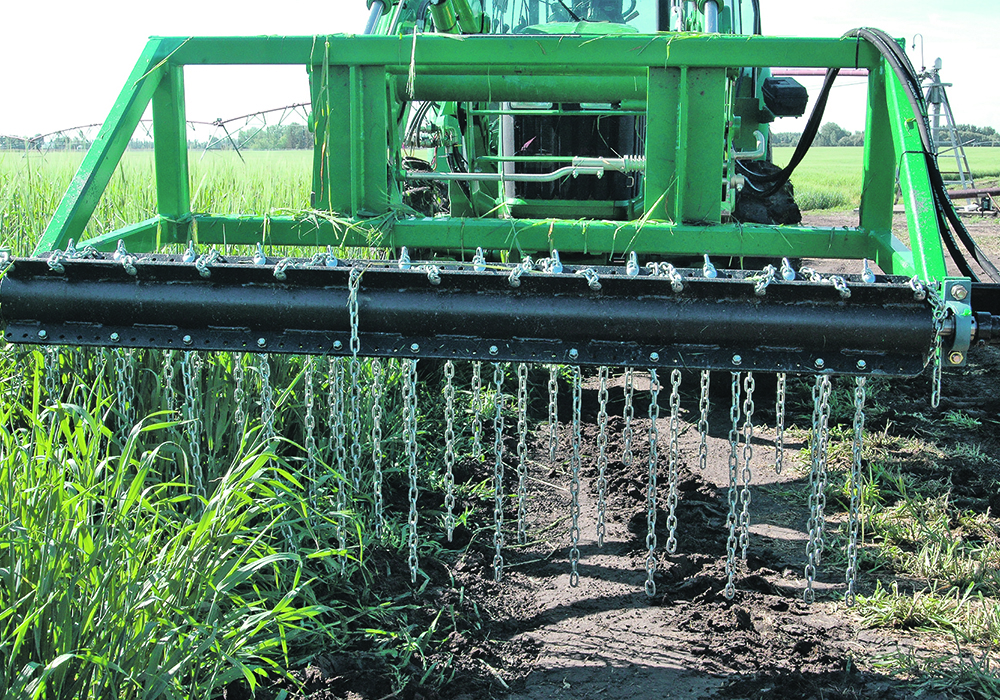Products applied in Alberta within three days of a simulated hail event had no consistent effect on wheat, peas or beans
Fungicides and nutrient blend applications did not improve the recovery of wheat, field pea or dry bean crops damaged by hail, according to one research study.
Gurbir Dhillon, a researcher with the Farming Smarter applied research group, said various products applied within three days of a simulated hail event had no consistent effect on any of the three crops.
Their application did nothing “that would justify their application as a risk management strategy after the hail damage.”
The three-year study was conducted at three Alberta locations: Lethbridge, Falher and Vegreville, comprising nine site-years of data, said Dhillon during the virtual Farming Smarter event Dec. 2.
Read Also

Farm Credit Canada partners with major Toronto innovation hub
A FCC parntership with MaRS Discovery District aims to solve technology problems in food supply chains.
In each case, researchers simulated hail damage at different growth stages of the crop. Products applied within three days of inflicted damage included ReLeaf plus boron, and Headline in field peas; Alpine G22 and Prosaro in wheat; and Omex P3 and Parasol in dry beans.
Timing of the hail event proved to be the biggest determinant on crop recovery, Dhillon said.
In peas, hail was simulated at three growth stages: early (four to six node); at flowering; and at podding. Hail at podding caused the most damage and yield loss.
In wheat, hail was simulated at tillering, flagleaf and flowering.
Dhillon said there was little yield effect if hail occurred at the early growth stage. Wheat can recover if the event occurs before stem elongation. However, there was a significant yield drop if the crop was hailed in the mid-to-late growth stages.
In dry beans, hail was simulated at the four-to-six trifoliate stage, at flowering and at podding. Results in this crop were not as consistent, said Dhillon.
Hail did reduce yield, especially if it occurred at the mid and late stages, and seed weight was also reduced. As the crop tries to recover and develop new branches within a shorter season and higher temperatures, staging becomes a problem.
“That leads to a lesser number of seeds per pod and also lower seed weight.”
Dhillon said results suggest research into growth regulators to aid crop recovery after hail damage might be useful, as well as investigation into recropping strategies after hail, such as a winter cereal or forage.
Farming Smarter has submitted a research proposal on the latter research. If approved by Alberta’s new entity, Results Driven Agricultural Research, the study will attempt to evaluate the viability of replanting with forages after hail damage, compare forage crops for economic return, and gauge the effect of the practice on weeds and crop growth in the year following hail.
















